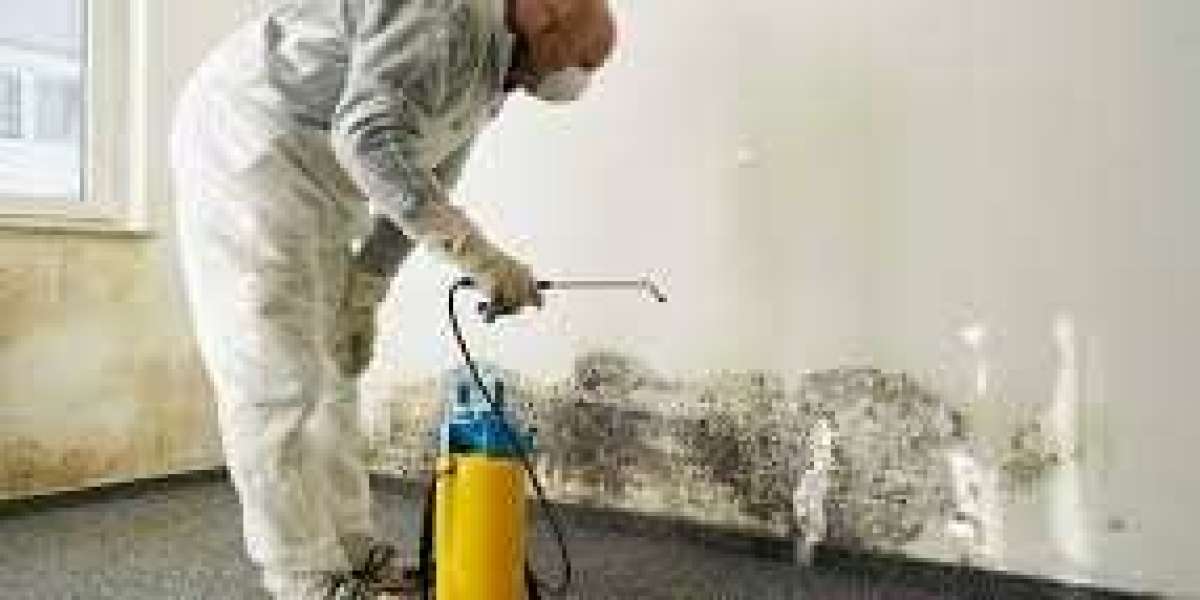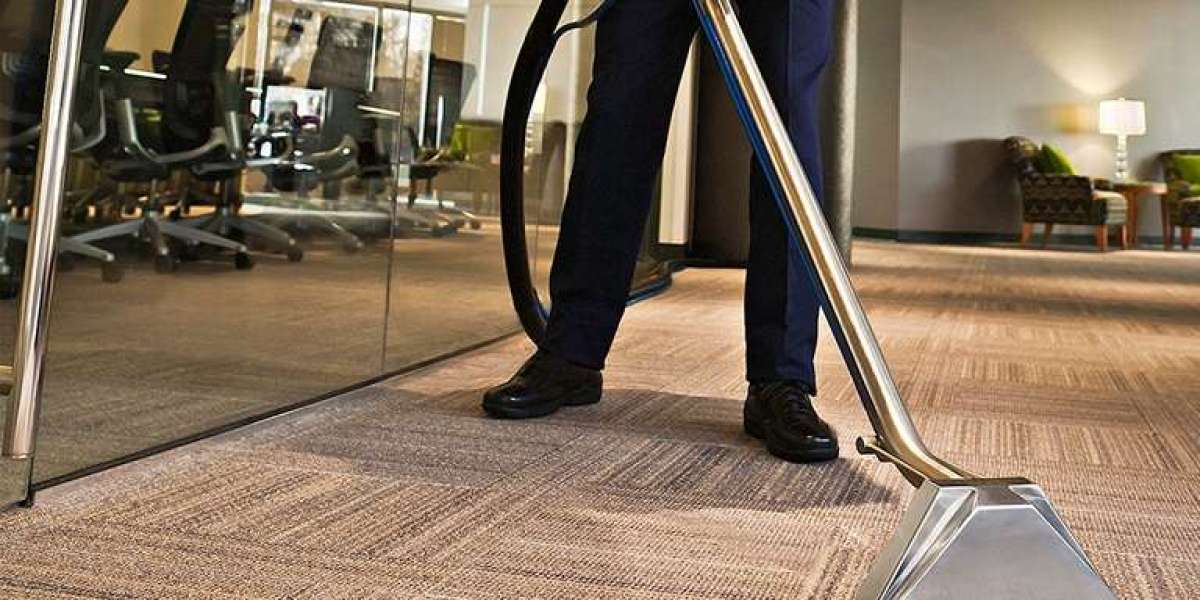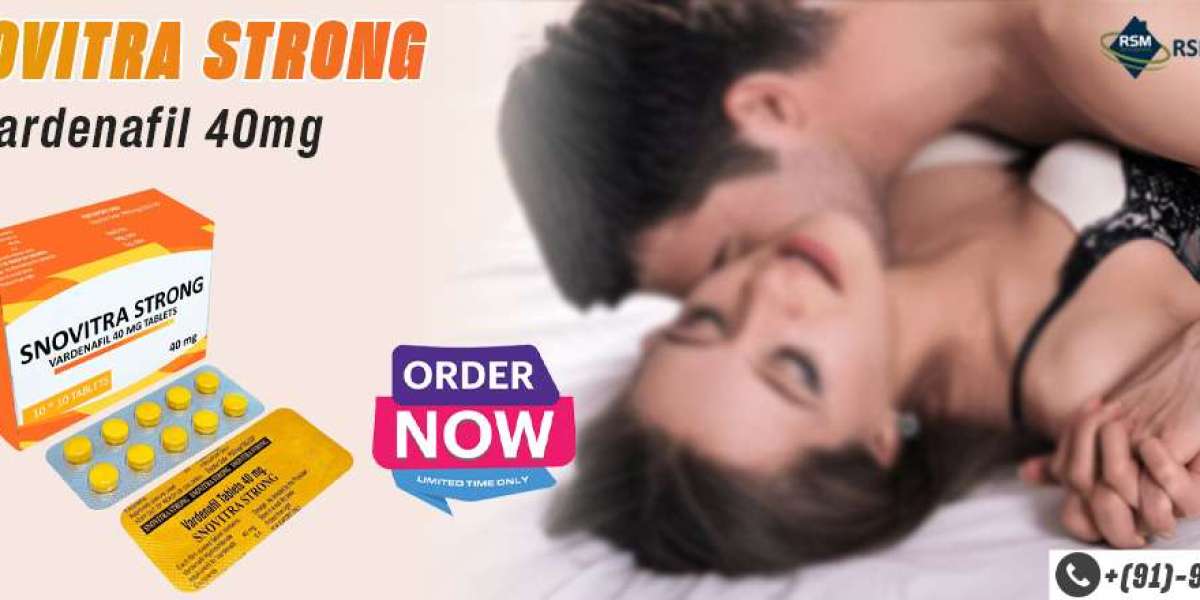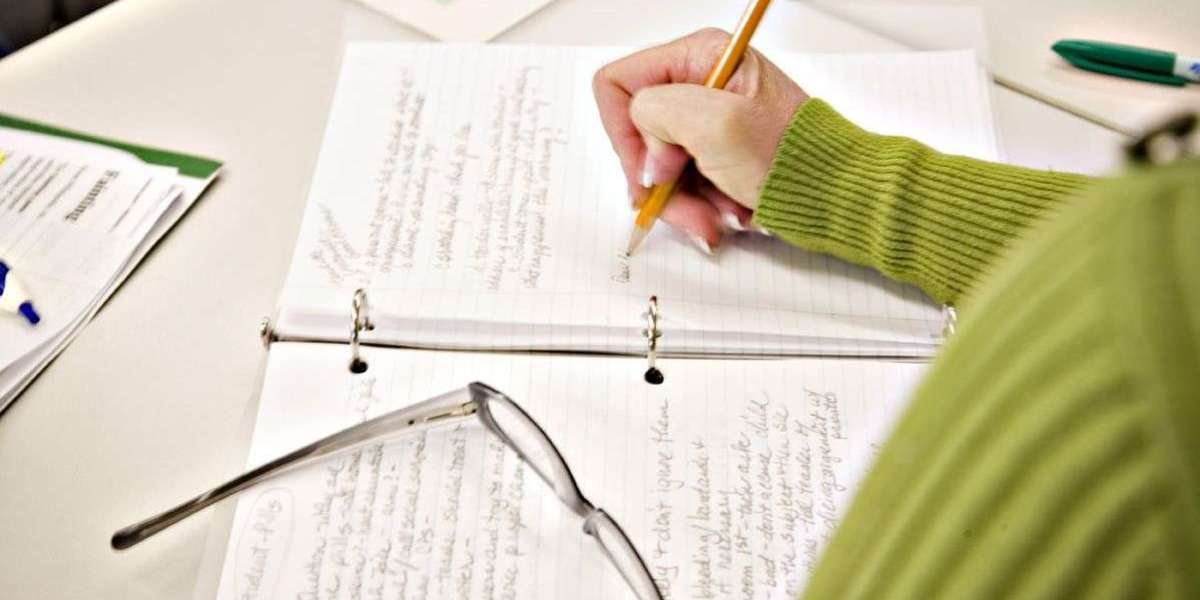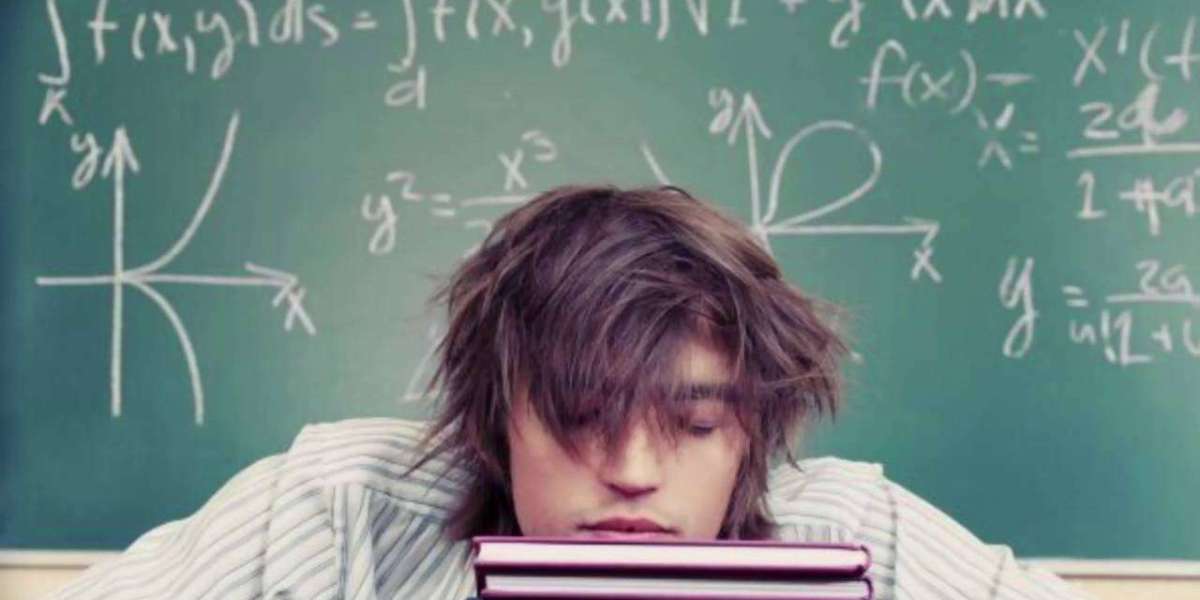Mold growth in homes and buildings is a common issue that can cause various health problems and damage to property. Mold thrives in damp, warm environments and can spread quickly if not addressed promptly. Effective mold removal is essential not only for maintaining the structural integrity of a building but also for safeguarding the health of its occupants. This article explores the importance of mold removal, the steps involved, and the precautions that should be taken during the process.
Understanding Mold and Its Health Implications
Mold is a type of fungus that grows in environments with excessive moisture. It can appear in various colors, including black, green, white, and yellow. The presence of mold is typically a sign of a moisture problem in the building, often due to leaks, high humidity, or poor ventilation.
Exposure to mold can have significant health effects, especially for individuals with respiratory issues, allergies, or weakened immune systems. Common symptoms of mold exposure include coughing, wheezing, nasal congestion, skin irritation, and eye irritation. In severe cases, prolonged exposure to mold can lead to asthma attacks, chronic respiratory conditions, and other health complications. Therefore, mold removal is not just about improving the aesthetics of a space; it is crucial for the health and well-being of the people living or working in it.
Signs of Mold Infestation
Identifying a mold infestation early is key to preventing further damage and health risks. Common signs of mold include:
- Visible mold growth: Mold may appear as patches of green, black, or white spots on walls, ceilings, or floors.
- Musty odor: A strong, earthy, or musty smell is often an indication of mold growth, even if the mold is not immediately visible.
- Water stains: Discoloration on walls or ceilings caused by water damage may signal mold growth, especially if the area remains damp or humid.
- Health symptoms: Individuals may experience increased allergy or respiratory issues when mold is present.
Steps Involved in Mold Removal
Proper mold removal involves several critical steps to ensure the safety and effectiveness of the process. Here are the essential steps:
1. Identify the Source of Moisture
Before addressing the mold itself, it’s essential to identify and fix the source of moisture that is encouraging mold growth. This could be a leaky roof, faulty plumbing, or inadequate ventilation. Without addressing the moisture problem, mold is likely to return after removal.
2. Containment
Mold spores can easily spread during the removal process, leading to further contamination of other areas. To prevent this, containment procedures should be implemented. This typically involves sealing off the affected area using plastic sheeting and creating negative air pressure to ensure that mold spores do not escape.
3. Personal Protective Equipment (PPE)
When dealing with mold, it’s important to wear proper protective gear. This includes gloves, masks (N95 respirators or higher), goggles, and protective clothing to avoid direct contact with mold spores.
4. Removing Mold
For smaller infestations, mold can be removed using cleaning solutions like bleach, vinegar, or specialized mold removers. For larger infestations, it may be necessary to replace contaminated materials such as drywall or carpeting. Mold removal methods depend on the surface and extent of the contamination.
5. Cleaning and Sanitizing
After mold removal, it is crucial to clean and disinfect all surfaces to eliminate any remaining spores. This helps to prevent future mold growth and ensures a safe, healthy environment.
6. Drying and Dehumidifying
The area should be thoroughly dried using dehumidifiers and fans to reduce moisture levels. Keeping the environment dry is critical to preventing mold from returning.
Preventing Mold Growth
Once mold has been removed, taking preventive measures can help keep mold from reappearing. This includes:
- Fixing leaks promptly.
- Using dehumidifiers to maintain low humidity levels, especially in areas like basements and bathrooms.
- Ensuring proper ventilation by using exhaust fans or opening windows to allow moisture to escape.
- Regularly cleaning and inspecting areas prone to mold growth, such as around pipes, windows, and HVAC systems.
Conclusion
Mold removal is essential for maintaining both the health of individuals and the integrity of a building. Prompt identification, proper removal techniques, and preventive measures can effectively address mold issues and ensure a safe living environment. If mold contamination is widespread or severe, it is advisable to consult with professional mold remediation experts who have the necessary tools and expertise to handle the situation safely and effectively.
